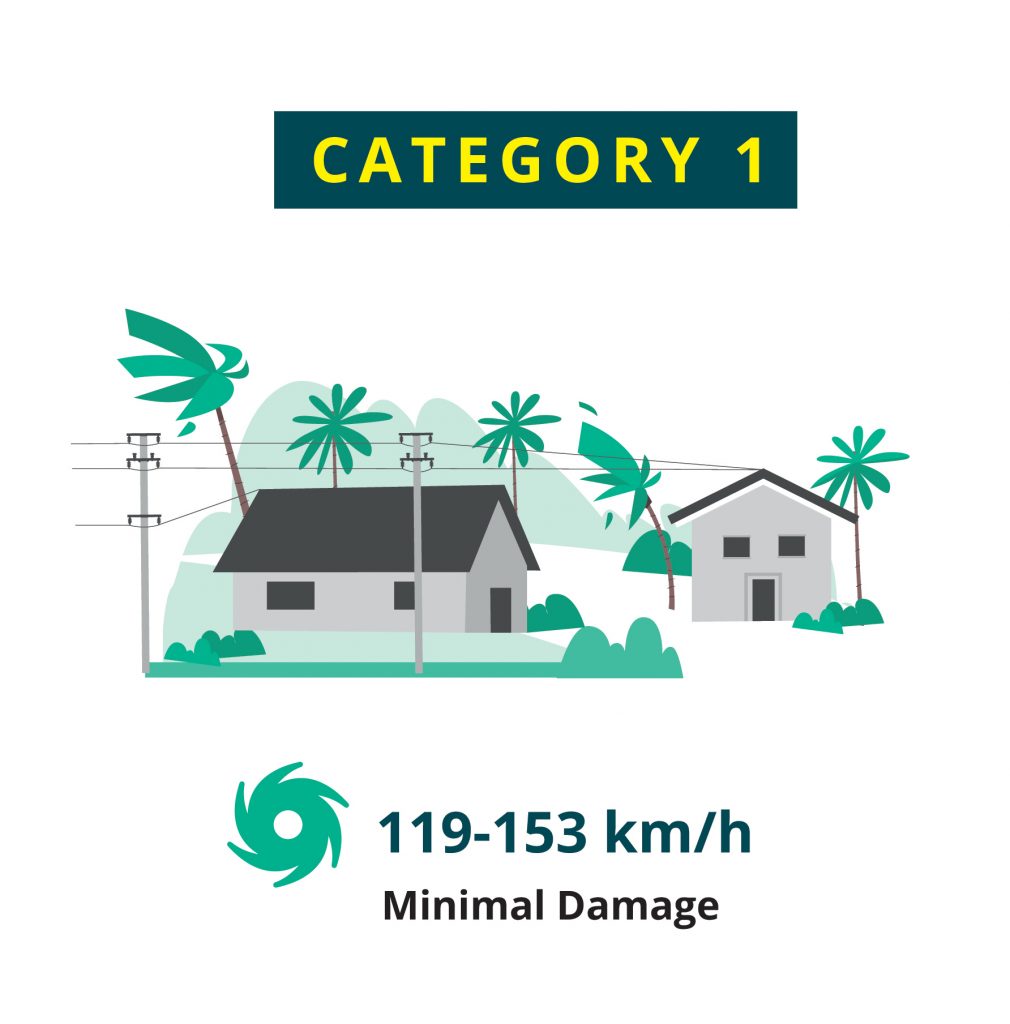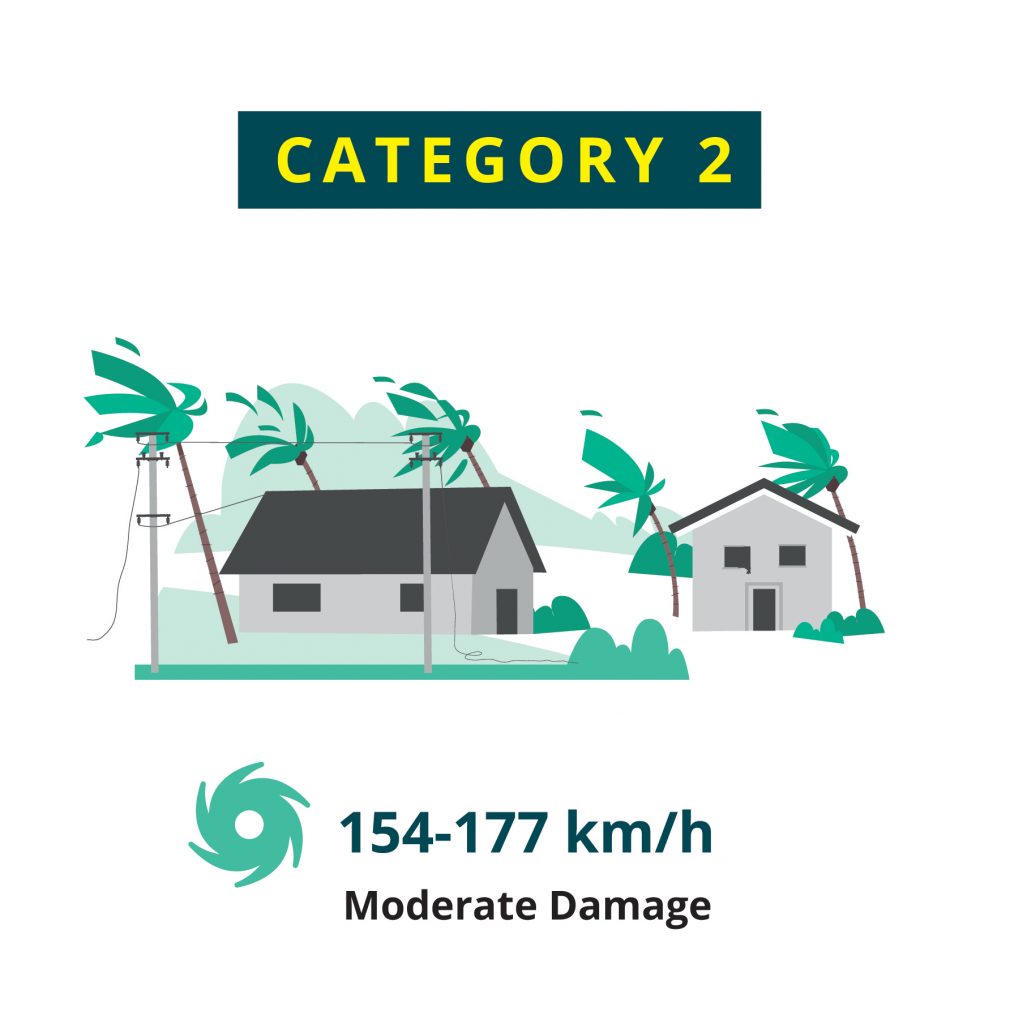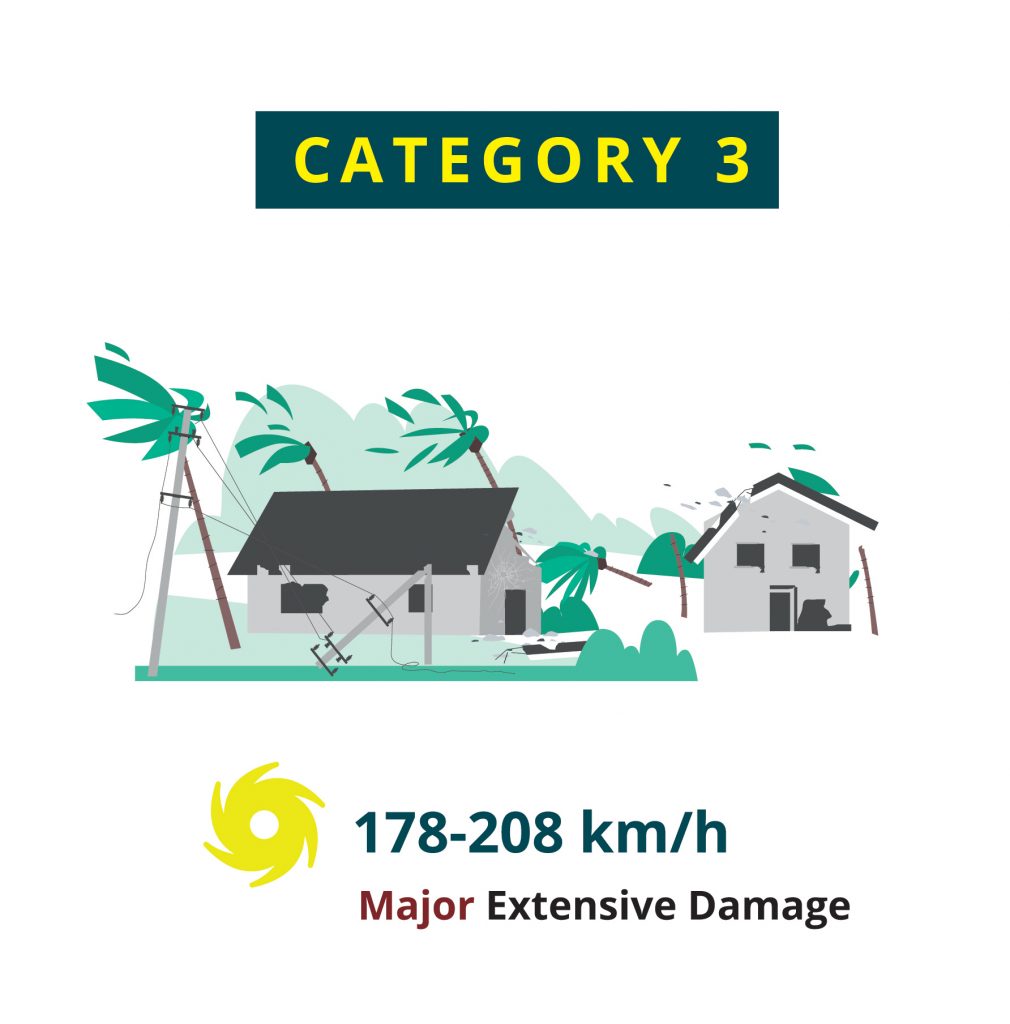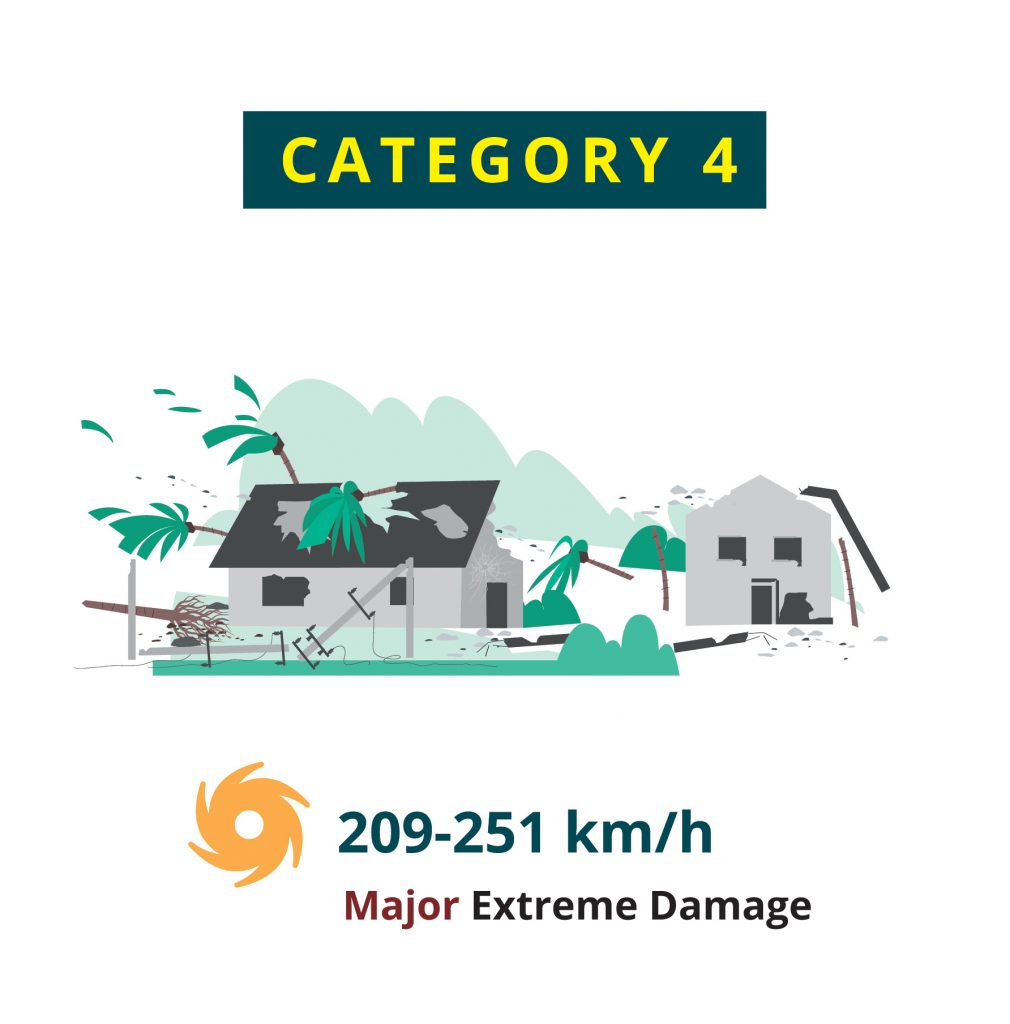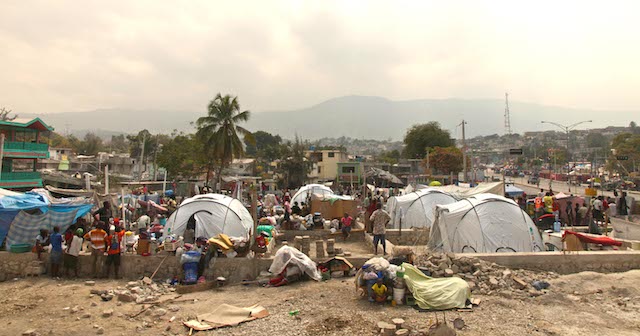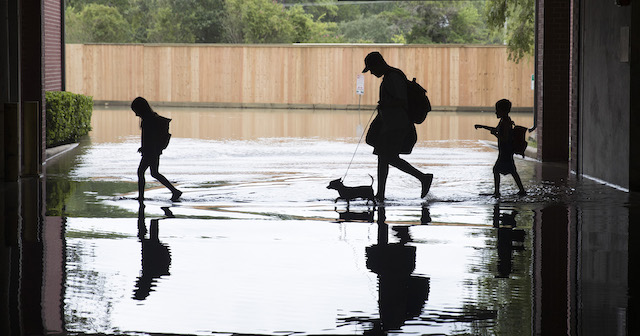Small Print
We're grateful for your generous support!
If you'd like to make a donation, please send it via mail to:
ShelterBox USA Donations
PO Box 103299, Pasadena, CA 91189-3299
For office visits or tours our address is:
101 Innovation Place, Santa Barbara, CA 93108
We kindly ask that you refrain from sending mail to our physical office. Thank you!
1(805) 608-2400
[email protected]
ShelterBox USA is a 501(c)(3) nonprofit organization in the United States and registered in the state of Florida. EIN 20-0471604. ShelterBox is a registered charity independent of Rotary International and the Rotary Foundation. AMBASSADOR PORTAL


